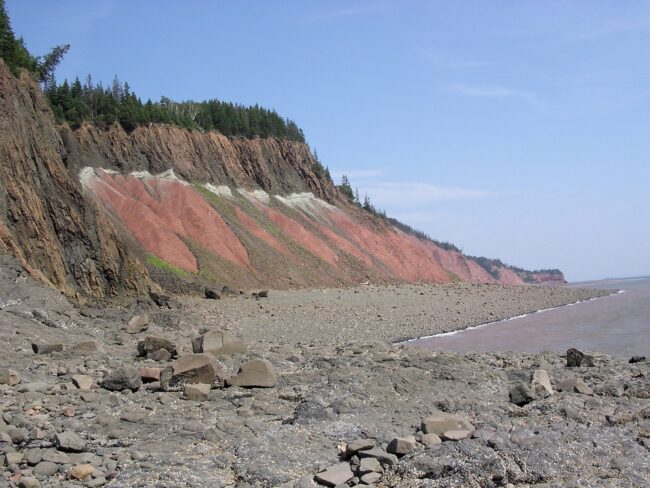evolution
-

Dinosaurs Thrived After Ice, Not Fire, Says a New Study of Ancient Volcanism
The leading hypothesis for a mass extinction that cleared the way for dinosaurs to dominate the Earth has long been excessive heat. A new study says the opposite.
-

Ancient Eggshell Fragments Crack Giant Elephant Bird’s Life Secrets
In a region where skeletal fossils are poorly preserved, old eggshells are opening a window into the evolution, diet and distribution of Madagascar’s extinct birds.
-

17 Million-Year-Old Teeth Open Windows Into Early Ape and Human Evolution
A new study shows that natural variants of oxygen within ancient animal teeth recorded details of seasonal rainfall, environmental conditions and animal behavior.
-

Project Will Delve Into How Climate and Tectonics Shaped Human Ancestors Over 25 Million Years
A new project will investigate the relationships between tectonics, climate and the evolution of humans’ primate ancestors in Kenya’s Turkana Basin.
-

The Next Climate Tech Breakthrough May Have Already Happened, We Just Didn’t Notice
How biomimicry and evolution can offer sustainable solutions for adaptation and resilience.
-

Contest Highlights Stunning Photos of Nature and Fieldwork
The contest, hosted Department of Ecology, Evolution, and Environmental Biology celebrates the beauty of their work.
-

Study Signals Change in How Scientists Calculate Ancient Diets
Scientists have long determined what extinct animals ate by analyzing carbon isotopes locked inside their fossil teeth. But a new study shows that in many cases, they may be plugging the wrong numbers into their equations. The findings may change some views of how mammals, including us, evolved.
-

So Much Depends on a Tree Guard
Adding protective barriers around street trees could reduce load on city sewers, study finds.
-

Ancient Humans Left Africa to Escape Drying Climate, Says Study
Ancient humans migrated out of Africa to escape a drying climate, says a new study—a finding that contradicts previous suggestions that ancient people were able to leave because a then-wet climate allowed them to cross the generally arid Horn of Africa and Middle East.
